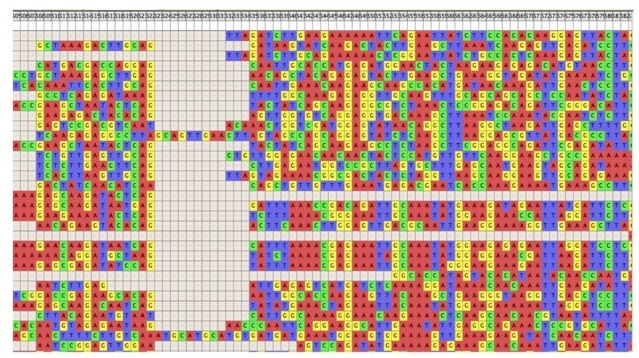Chromatin immunoprecipitation sequencing, better known as ChIP-seq, is a massively parallel approach for understanding the interactions between proteins and DNA. This is especially important for determining the activity of transcription factors, which is why it’s frequently used to learn about the complicated series of biological steps leading to cancer. It’s also key to many epigenetic studies since it helps scientists characterize how proteins regulate gene expression by interacting with DNA.
ChIP-seq is a major step forward from microarray-based experiments, allowing much higher-throughput interrogations with standard NGS instruments. The process involves using a chromatin immunoprecipitation protocol to isolate proteins of interest and the DNA loci to which they are bound. These loci are then prepared and sequenced for an in-depth catalog of all the sites with which the protein (or proteins) of interest interacted.
Size selection is an essential step in that preparation process. When the stretches of DNA isolated have too broad a size range, NGS instruments tend to run less efficiently; in some systems, the software responsible for locating each cluster is confused by the different sizes. There is also a real concern about sequencing adapter-dimers, a common byproduct of the sample prep process, because they can load preferentially and waste sequencing capacity on useless DNA. Most NGS platforms work best when fed uniformly sized libraries, and the ChIP-seq method is no different.
In addition, automated size selection — for which gel cassettes keep samples in physically discrete channels — can help prevent cross-sample contamination during the sizing process. Manual gels, on the other hand, are known to occasionally have samples run together. Automated systems also tend to have better sample recovery than manual gels. This is key for ChIP-seq workflows, which often have low sample volumes from the start so scientists can’t afford to lose much during processing.
To learn more, check out this application note by Sage Science, as well as blog posts here and here.







